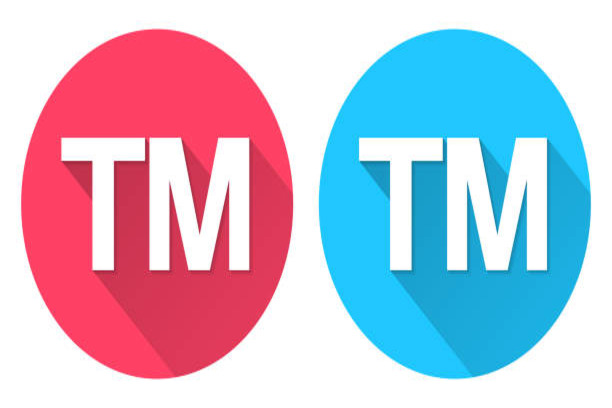


Trademark surveys wield substantial power in litigation, serving to either reinforce or debunk claims of trademark infringement or confusion. However, the effectiveness of these surveys can be severely compromised if certain pitfalls are not navigated adeptly. Here, we outline ten crucial considerations essential in crafting surveys for litigation purposes.
The cornerstone of a successful survey lies in pinpointing the correct target market. Analyzing sales data, identifying product/service consumers, and understanding advertising strategies are pivotal in directing survey questions to the right audience.
Harnessing the internet for data collection is paramount. Courts increasingly favor online methodologies due to their wider reach and acceptance among consumers, rendering them a preferred means of gathering data.
Allocate sufficient time for survey development and execution. While surveys can be efficiently conducted within two months, complex target markets might demand a longer timeline.
Contrary to popular belief, trademark surveys need not break the bank. With prudent planning, costs can be contained, especially for consumer product surveys.
The value of a survey hinges on its reliability and validity. Validity ensures the survey tests what it’s intended to, while reliability guarantees consistent results across different scenarios.
Avoid the misconception that multiple experts strengthen a case. Conflicting opinions between experts can weaken credibility. If multiple experts are necessary, ensure their reports align to avoid contradictions.
Surveys are not one-size-fits-all. Expect counterarguments and prepare for adjustments. Experienced surveyors anticipate criticism and adapt accordingly.
Not all surveys require control groups or questions. Employ controls only when essential to the survey’s core purpose and avoid complexities that might undermine findings.
Steer clear of questions that suggest answers or merge multiple queries. Such questions can compromise the survey’s credibility in intellectual property cases.
Surveys often yield ancillary information beyond the survey’s primary focus. It’s crucial to articulate and explain this data comprehensively in the report to avoid ambiguity or misinterpretation. In the context of business practices, understanding the significance of intellectual property rights is paramount. For instance, in Pakistan, securing your brand through Trademark Registration in Pakistan is a pivotal step toward safeguarding your company’s identity and assets. Addressing these aspects in a comprehensive report not only enhances its depth but also provides valuable insights into the broader business landscape. Clarity in presenting such crucial information ensures that stakeholders grasp the importance of protecting intellectual property within the Pakistani market.